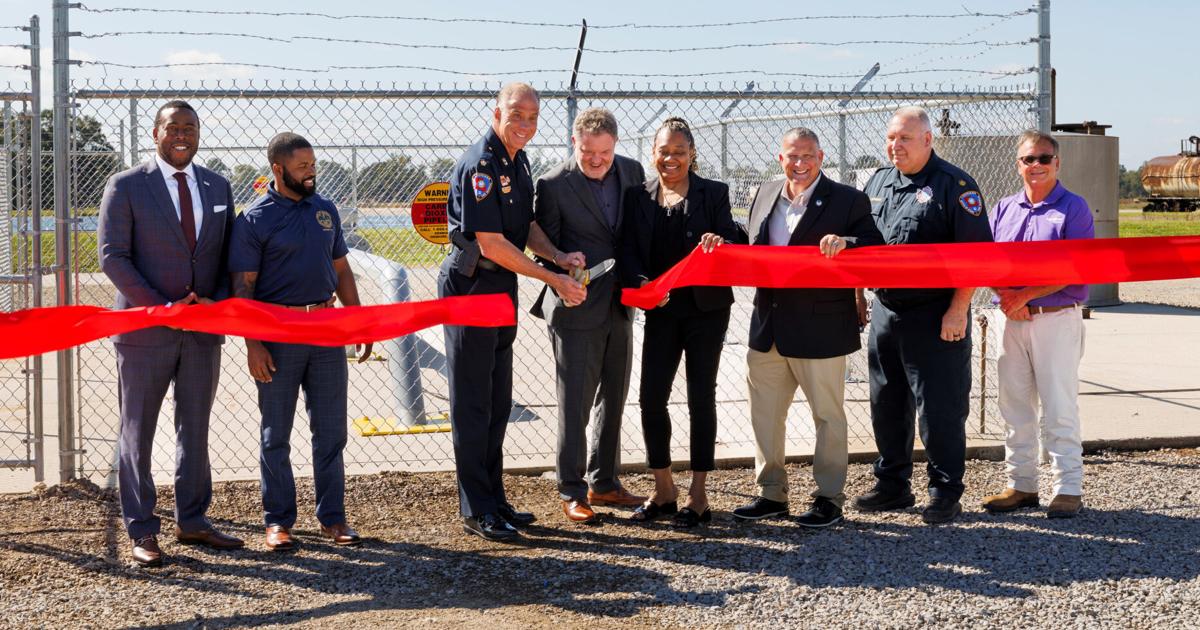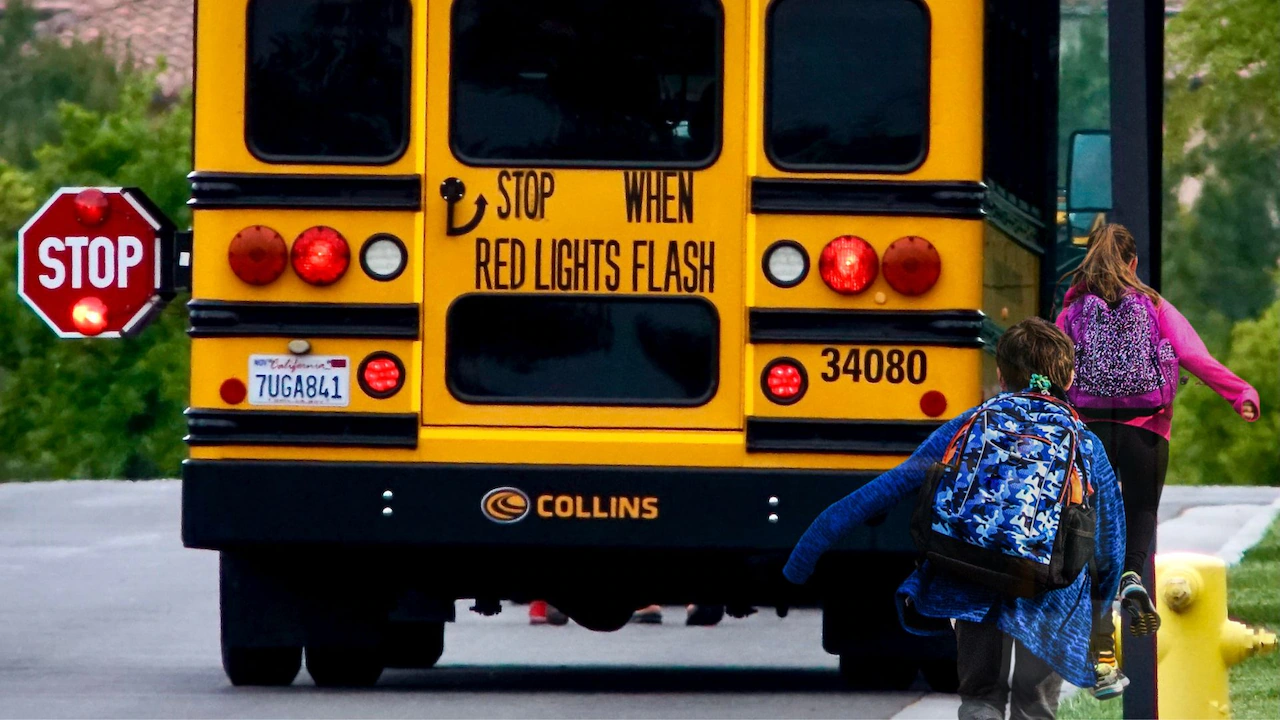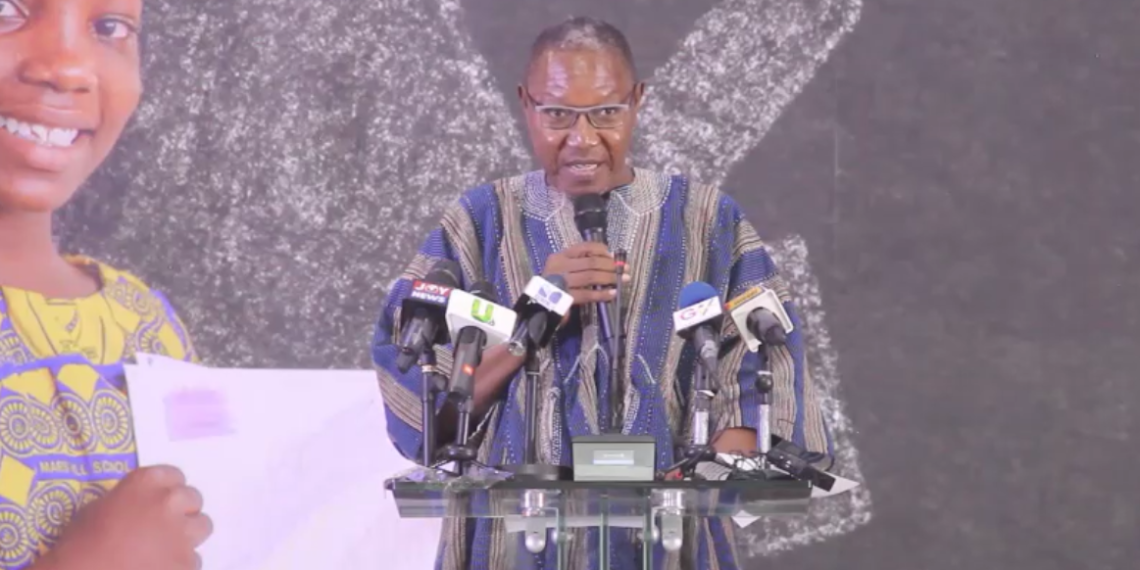Copyright Baton Rouge Advocate

A new pipeline emergency training program got a financial boost last week thanks to a $50,000 donation from ExxonMobile. The Louisiana State Fire & Emergency Training Academy and River Parishes Community College officially launched the Louisiana Pipeline Emergency Training Program with a ribbon-cutting ceremony in Baton Rouge. The program is made possible by a $50,000 donation, a donation of the demonstration prop, and a donation of the teaching curriculum from ExxonMobil — together valued in excess of $500,000. The program features a first-of-its-kind CO2 pipeline training prop and provides Louisiana’s firefighters and first responders with hands-on, scenario-based instruction for CO2 pipeline emergencies, a news release said. The program is designed to strengthen statewide emergency response readiness. “Pipelines are an important part of Louisiana’s infrastructure and energy future, but with that comes responsibility,” said Chief Bryan J. Adams, Louisiana DPS principal assistant, State Fire Marshal. “This equipment and program will give Louisiana’s firefighters the hands-on experience they need to respond quickly, effectively and safely.” The two-part training program includes classroom instruction at RPCC in Gonzales and field exercises at FETA in Baton Rouge. Participants will receive foundational education in pipeline terminology, equipment, operations and the unique hazards associated with liquid and CO2 transport. They will then apply what they’ve learned through hands-on training that includes live fire and release simulations using the new CO₂ prop. With ExxonMobil’s sponsorship, the course is free for participants and provides practical, real-world training in managing and controlling CO2 releases and pipeline-related fires. As the owner and operator of the largest CO2 pipeline network in the United States, ExxonMobil worked closely with the National Association of State Fire Marshals to develop the first and only emergency response curriculum for first responders with CO2 assets in their jurisdictions. This training is designed to be locally available and to meet the needs of today’s fire service, the release said.



